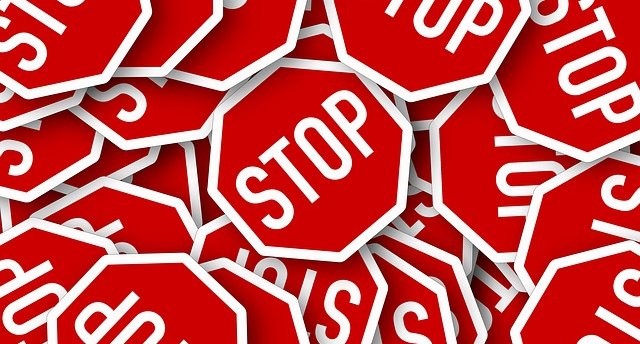Most of us have stories about ‘great’ and ‘not-so-great’ customer experiences. The interesting thing is when we have a great product experience we tell lots of people, mostly because it reflects well on us – we made a smart choice. When we have a bad product experience we don’t tell too many people and we try to rationalize our decision. However, when we have a good service experience it doesn’t usually rate a mention because we expect it, but when we have a bad service experience we tell EVERYONE and anyone who will listen because somebody else screwed up. And sometimes we go so far as to broadcast it to (potentially) millions of people on social media as a way to vent our frustration.
The research on Customer Experience (CX) shows leaders in almost every industry are growing at double digits while many of their peers are flat or declining. On the flip-side, the research indicates more than 80% of CX initiatives fail. So it appears the challenge isn’t ‘knowing’ customer experience, but ‘doing’ customer experience well and making it stick. Which begs the question – what turns these great intentions into positive actions and outcomes? To answer this, we conducted a two year study of a global organization and worked with our partner, Zenger Folkman to analyze data from 65,000 leaders around the world to determine what it takes to win in this new customer experience economy.
Somewhat surprisingly, the answer wasn’t multi-million dollar advertising campaigns or technological silver bullets. In fact, this may be distracting leaders from the real work that needs to be done. Most organizations are upgrading their technology platforms, websites, and operating systems, but in an increasingly volatile, complex, and uncertain world they’re failing to upgrade the one element that needs to adapt and change – how they think and behave as leaders.
What we found in our research was a powerful correlation between what leaders do, the experience their employees have, and how strongly their customers advocate for them. Beyond delivering a good product at a good price or good working conditions at a decent salary, employees and customers fundamentally want businesses to do two things: (1) remove friction – make it easy to do business with you and for you, and (2) create positive emotions and experiences – make it enjoyable, insightful, and even delightful. In fact, the job of the leader should be to eliminate friction, create great experiences for employees, and empower them to do the same for customers.
While this seems like common sense, it’s far from common practice. Across the 65,000 global leaders assessed there were four key attributes that stood out in terms of a customer experience X Factor (what we refer to as the ‘CX Factor’) – providing insights into what leaders need to STOP doing to create an exceptional employee and customer experience:
- STOP tolerating (or smothering) risk taking, and start celebrating it! – become the business that puts you out of business. The best leaders had an amazing ability to develop and communicate strong strategic perspective that significantly impacts employee engagement, which in turn drives the customer experience. What separates CX leaders from their peers is their ability to understand underlying customer needs, analyze the market, the competitive landscape, and emerging trends so they stay one step ahead of customer expectations. They shape cultures where risk is not just tolerated but celebrated, and they create teams and departments whose sole task is to be the business that puts them out of business.
- STOP developing KPIs purely about the company! – measure metrics that actually motivate. The best leaders inspire their entire team around goals that go beyond traditional (boring) commercial metrics – connecting everything back to an individual and collective purpose that creates intrinsic motivation towards a better future. They never set goals without a clear path for how they can be achieved, and these goals and ambitions center on the customer rather than the company, provoking a true paradigm shift toward customer obsession across the organization.
- STOP relying on your authority as influence! – cancel command and control leadership styles. The best leaders have a clear ability to influence without using their authority, which enables them to inspire and motivate their people to high performance, build customer advocacy, and drive business results. Customer experience leaders are the antithesis of old school command and control management and they apply the art of influence without having to use their authority. Employees, like customers, have more options and choice than ever and they are increasingly refusing to accept that things can’t be done differently and better.
- STOP acting in isolation! – shatter silos from the top down. The old saying that a champion team beats a team of champions couldn’t be truer when playing the complex and competitive game of customer experience. Silos kill collaboration and amplify friction. In the research, a key differentiator of exceptional leaders was their ability to promote collaboration and teamwork across the business, knowing that collaboration is the key to innovation. If a company has a similar level of collaboration and teamwork to what it did even a few years ago, it’s likely to already be obsolete in the eyes of employees – and the impact on customers can be disastrous.
The research indicates that those with these four ‘CX Factors’ have a significant advantage when it comes to creating an exceptional employee experience and engagement, which is a critical factor in shaping a compelling customer experience that creates significant competitive advantage and commercial results.


